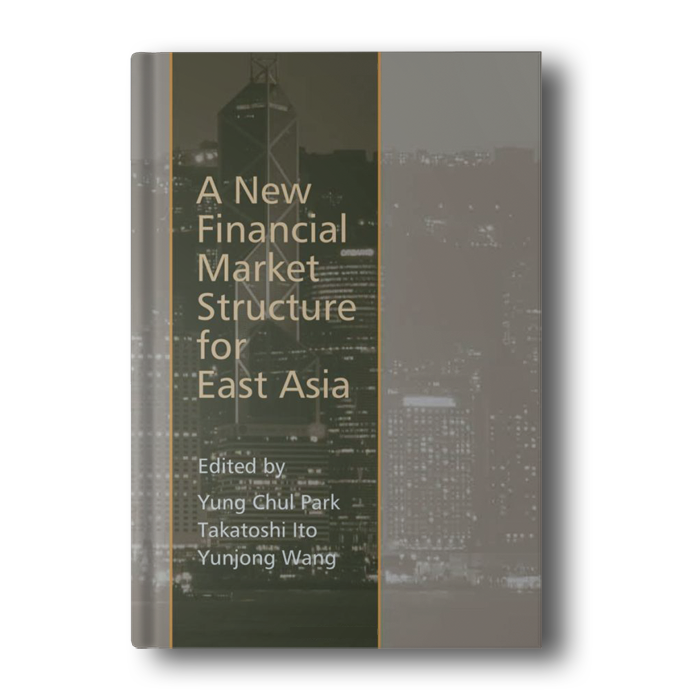This book contends that the East Asian financial constitution lacks an appropriate infrastructure, resulting in inefficient allocation of high savings and an over-inflated short-term debt market. It goes on to point out that despite high savings, East Asia’s dependency on financial centers outside the region is also relatively high, and that there is no strong region-wide network to connect various financial centers in East Asia.
Against this economic background, the contributors make recommendations for the establishment of effective and stable capital recycling in East Asia. The financial intermediary function of the regional financial centers – Hong Kong, Singapore and Tokyo – is evaluated. Discussion focusses on the issues of building an organic network between the financial markets of major economies in the region and enhancing the future role and function of those regional financial centres.
The policy implications of the future development of regional financial markets – based on regional financial networks – that could potentially act as intermediaries between the high savings and productive sectors in East Asia are also examined.
Concentrating on the major issues identified as central to building a new financial market structure in East Asia, this book will be appeal to those with a special interest in Asian studies and financial economics.















Reviews
There are no reviews yet.